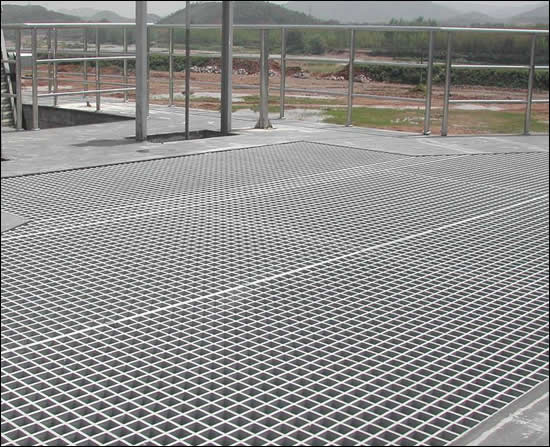-
+86 15030157877
-
sales@galvanizedmetalmesh.com
Nov . 17, 2024 02:30 Back to list
expanded metal mesh sheet factories
Exploring Expanded Metal Mesh Sheet Factories A Comprehensive Overview
The manufacturing of expanded metal mesh sheets represents a unique and critical element in industrial design and construction. Expanded metal mesh, known for its structural integrity and versatility, is produced through a specialized process that transforms flat metal sheets into durable, lightweight, and intricately patterned materials. This article delves into the characteristics, applications, and manufacturing techniques of expanded metal mesh sheets while highlighting the role of factories in their production.
What is Expanded Metal Mesh?
Expanded metal mesh is created by slitting and stretching a metal sheet, resulting in a series of diamond-shaped openings. This unique manufacturing approach provides several advantages, making it an essential material across various industries. The mesh retains the original thickness of the metal, thereby offering significant strength and resilience. Its open structure allows for ventilation and visibility, making it ideal for applications where airflow and light are crucial.
Manufacturing Process
The production of expanded metal mesh sheets typically involves the following steps
1. Material Selection Factories use a range of metals, including aluminum, stainless steel, and carbon steel, depending on the desired characteristics of the final product. Factors such as corrosion resistance, weight, and cost influence material choice.
2. Slitting The selected metal sheet is fed into a machine equipped with sharp blades that make precise cuts across the sheet. These slits are essential for creating the mesh's distinctive pattern.
3. Expansion After slitting, the sheet is then expanded using hydraulic or mechanical presses. The process stretches the sheet, transforming the cuts into diamond-shaped openings. The degree of expansion can be adjusted, influencing the size and spacing of these openings.
4. Finishing Once expanded, the sheets may undergo additional processes such as finishing, coating, or painting to enhance aesthetics, provide corrosion protection, and improve durability. This step is crucial for applications in outdoor environments or areas with high moisture levels.
Applications of Expanded Metal Mesh Sheets
expanded metal mesh sheet factories

Expanded metal mesh sheets are widely used across various sectors, each capitalizing on the material’s strength, lightness, and versatility
- Construction These sheets are employed in building facades, stair treads, and security fencing, providing strength while allowing for visual appeal and airflow.
- Architecture Architects utilize expanded metal in indoor and outdoor designs owing to its aesthetic versatility. It can serve as privacy screens, decorative panels, or sunshades that enhance the building's functionality.
- Industrial In manufacturing settings, expanded metal is used for grating and walkways, offering slip resistance and a sturdy surface for workers.
- Transportation The automotive and aerospace industries incorporate expanded metal for lightweight components that do not sacrifice structural integrity.
- Art and Design Artists and designers also leverage expanded metal for sculptures and installations, taking advantage of its unique texture and electricity.
Role of Factories in Production
Factories dedicated to producing expanded metal mesh sheets play a pivotal role in ensuring quality and consistency. These facilities are equipped with state-of-the-art machinery, skilled labor, and strict quality control measures to meet industry standards. With advancements in technology, modern factories can produce customized mesh sheets tailored to specific needs, accommodating various sizes, patterns, and finishes.
Moreover, sustainability is becoming increasingly important in manufacturing processes. Many factories are adopting eco-friendly practices by sourcing recyclable materials, optimizing energy usage, and minimizing waste. This commitment to environmental stewardship not only enhances their reputation but also attracts clients who prioritize sustainable solutions.
Conclusion
Expanded metal mesh sheets epitomize the intersection of functionality and creativity in material design. The processes involved in their manufacture require an intricate understanding of both the materials used and the technologies available, highlighting the expertise found in specialized factories. Through continued innovation and a focus on sustainability, these factories will remain at the forefront of producing expanded metal mesh sheets that meet the evolving needs of various industries, ultimately shaping the landscape of construction, design, and functionality for years to come.
-
Premium Eco-Friendly Roof Tiles | Affordable & Durable
NewsJul.31,2025
-
Premium Roof Tiles for Durable & Stylish Roofing Solutions
NewsJul.30,2025
-
High-Quality Roof Tiles for Durable & Stylish Roofing Solutions
NewsJul.29,2025
-
High Quality Square Wire Mesh Manufacturer & Supplier for Wholesale
NewsJul.29,2025
-
Premium Roof Tiles for Durable & Stylish Roofing Solutions
NewsJul.29,2025
-
Hexagonal Gabion for Slope Protection & Retaining Walls | Durable Wire Mesh
NewsJul.29,2025



